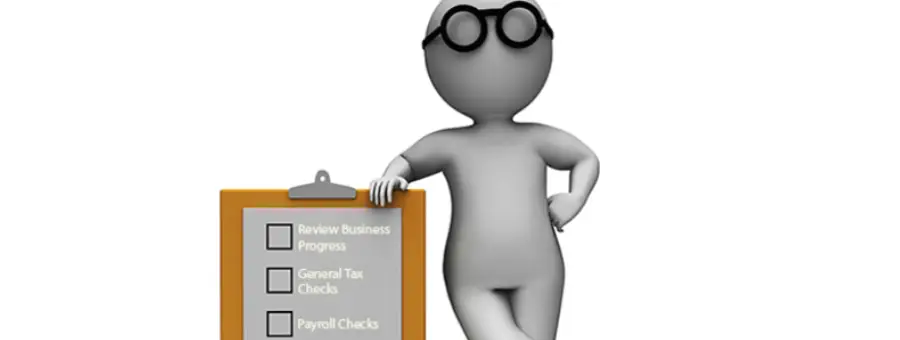
It’s a fact that change is deeper, broader and faster than ever in history. It’s also a fact that business disruption is occurring everywhere, meaning that industries and businesses are being disrupted by outside forces, many of which are appearing out of nowhere.
It’s tempting for people in smaller businesses to dismiss the big disruptors, such as Uber, Airbnb, Netflix, Facebook/Linkedin/Twitter/Instagram, Alibaba, Apple, Skype, Google, etc. because of the size of the disruptors, but that’s foolish. Every one of them started with an idea and an intention to disrupt the industry they stepped into. They were all creative, they all persisted and they all displayed the necessary courage to take a risk.
Smaller businesses that (unwittingly) assume they won’t be impacted by future disruption are naive and living the greatest risk of all … continuing to operate in essentially the same ways, just trying to run their businesses better. So, it’s necessary to commit to change and fundamental change. Running your business better won’t help when a disruptor comes along.
You must instil creativity into your business and into your career. Here are the steps to take to do so:
- You must cut through the ‘I’m too busy’ excuse for creating change. That’s the first stopper. You must cut out time to think, brainstorm and make decisions about future changes to implement.
- You must cut through ‘I’m not sure this idea will work’ stopping you implementing new ideas. No one knows the future, except that it will be different. You must TRY new things notwithstanding that you obviously DON’T know they will work. That’s the nature of successful business.
- You must commit to the courage to take future risks. Fear cannot be allowed to prevent initiated change.
- Understand the concept that a good day’s work leaves the business as it is but one decision can impact future years. Give up one day’s work (regularly) to frame the future.
- List the current parameters of how your industry operates and consider how you might oppose them. For example, prior to Yellow Tail, the wine industry operated on lengthy fermentation periods for wine, higher prices reflecting higher quality, many varieties of white and red wine, and corks in the bottles. Yellow Tail determined to oppose all of those parameters and did so successfully … one white / one red, cheap prices, plastic screw top caps, and sent to market as fresh. Red Bull took a similar approach to take on Coke and Pepsi by promoting high caffeine, high sugar, not so healthy drinks. Uber has significantly impacted the taxi industry by not owning cars. Apple has disturbed several industries by the same approach … phones, music, tv’s, computers. Netflix has done it with movies by not owning cinemas. Consider the question ‘How can you oppose your existing industry and come up with an approach that’s new, better or different, to benefit your business and consumers?’
- Objectively evaluate the level of creativity inside your business, i.e. the creativity of the existing people. Is it high, medium or low?
- How often do you draw on the creativity of people from outside your business and from outside your industry? People you know are creative.
- What is the mix of people you engage for creativity? Male/female, cultures, ages, backgrounds, fields of interest, socioeconomic circumstances, thinking styles, etc.
- How many ideas for fundamental change are genuinely considered by your business each month?
- How does your business reward or encourage creativity? How does your business treat creativity?
- Do you factor creative thinking into your selection criteria for new people joining your business?
- What’s the reality of the attitude towards change in your business?
- How are people managed within your business? Does it promote or demote creativity? This is a crucial aspect of creativity. Ensure you get the truth to this question. Creative people, mismanaged, will eventually shut down or leave.
- Does the physical environment of your business promote or stifle creativity? For example, are people physically in easy communication with each other? Are the surrounds conducive to creative thinking?
- How is a new person in your business encouraged to speak up about everything they observe in their first three months of joining the business? And therefore to consistently to ask ‘why’ or ‘why not’.
- How often does your business change the scenery to disturb the minds of people within?
One of the most important keys to future business success is innovation and that will only come from high levels of creativity. It must exist within or be consistently sourced from the outside.
Previous Newsletter Articles
Business Tips
HR Information
Contact Us
1300 022 270
enquiries@myabbs.com.au






